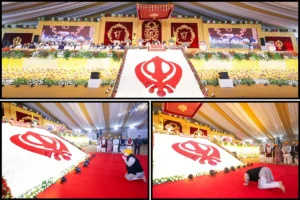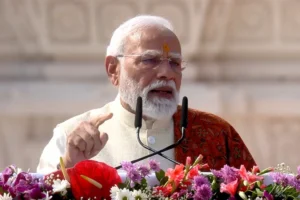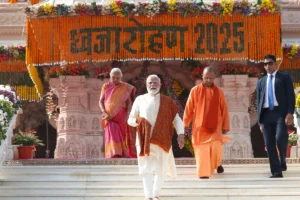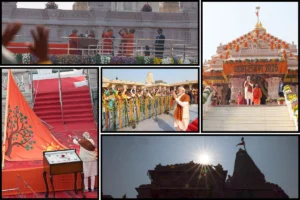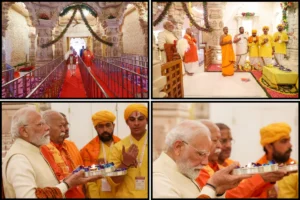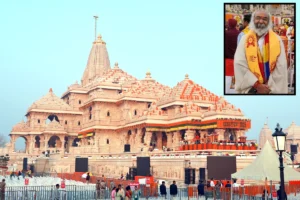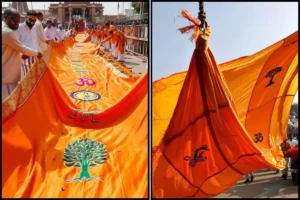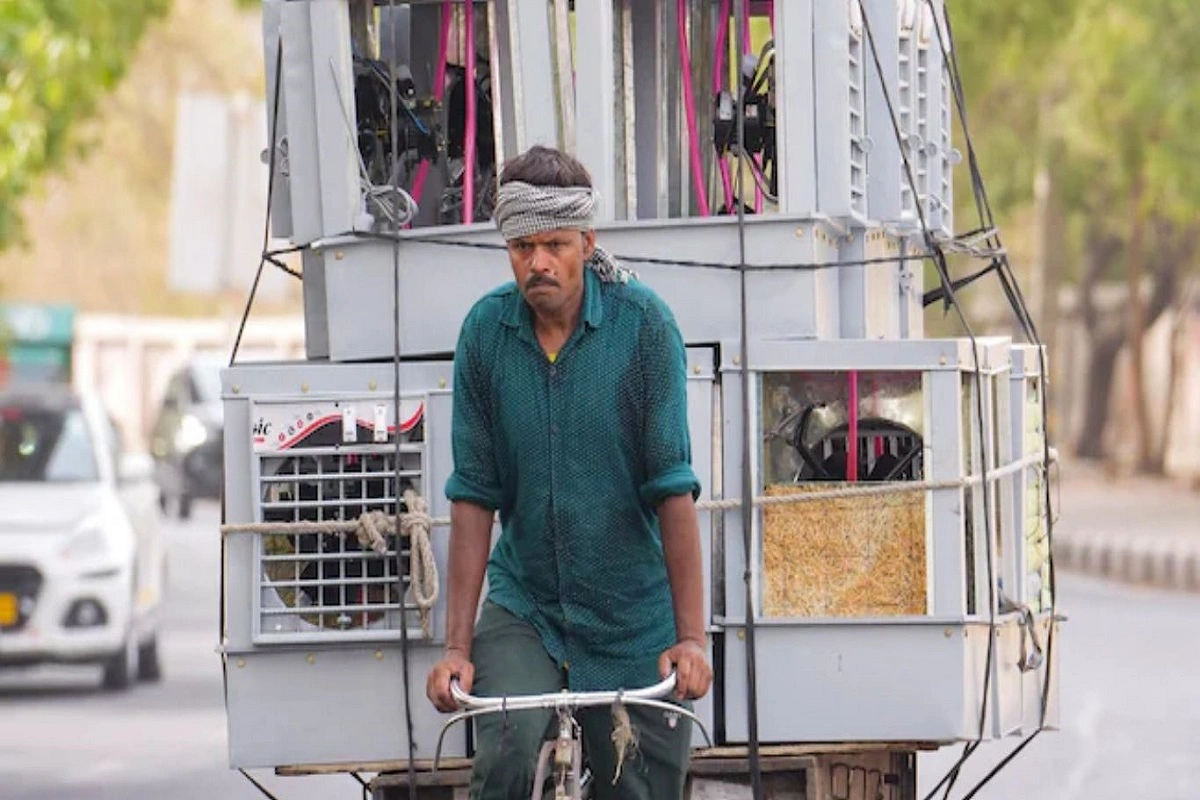
Over the past two days, Delhi’s Ram Manohar Lohia Hospital has reported five deaths and at least 12 people on life support due to a severe heatwave gripping the national capital. Other hospitals in Delhi are also experiencing a surge in admissions caused by heatstrokes. According to Dr. Ajay Shukla, medical superintendent of the state-run hospital, 22 individuals were admitted after suffering heatstrokes. “Five patients died and 12 or 13 patients are on ventilator support,” he stated.
Dr. Shukla highlighted the high mortality rate associated with heatstroke cases, estimating it at about 60-70%. “If patients are brought to the hospital late, multiple organs begin to fail. There is a lack of awareness. Many of these patients are migrant laborers, and the symptoms of heatstroke can be easily missed or mistaken for other conditions. It’s often only when patients faint that their relatives realize hospitalization is needed.”
He emphasized the need to increase awareness about heatstroke. “We must educate the public. If you suspect someone is suffering from heatstroke, start cooling them immediately before heading to the hospital. Use water and ice while transporting them. Our ambulances are now equipped to begin cooling as soon as they reach patients.”
Delhi residents have been enduring a relentless heatwave for nearly a month, with minimum temperatures exceeding 35 degrees Celsius—several degrees above normal—and maximum temperatures hovering around 45 degrees Celsius. Tap water remains hot throughout the day, and even air conditioners are struggling to provide relief.
Also read: Following The Death Of Wife Assam Officer Shiladitya Chetia Commits Suicide
The weather office forecasts that heatwave conditions are likely to persist over most parts of north India for the next 24 hours before abating.
Rajneesh Sareen of the Delhi-based think tank Centre for Science and Environment (CSE) offers an explanation for the unusually warm nights. “The increase in construction and concretization in cities like Delhi has contributed significantly. Concrete buildings absorb heat during the day and release it at night, raising minimum temperatures in urban areas,” said Sareen, who is the programme director for the Sustainable Habitat Programme at CSE.
Previously, high daytime temperatures were followed by cooler nights, offering some respite. “Nowadays, air conditioners are overburdened due to the heat island effect. Increased construction and reduced green spaces in Delhi hinder wind movement. Reducing the use of concrete is essential,” he added.
To read more such news, download Bharat Express news apps








